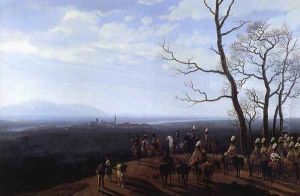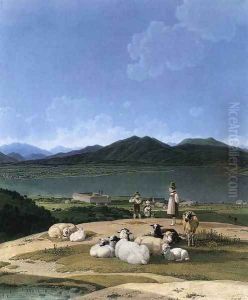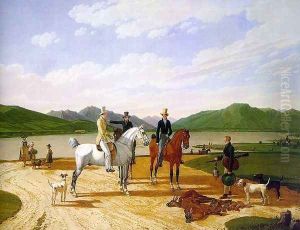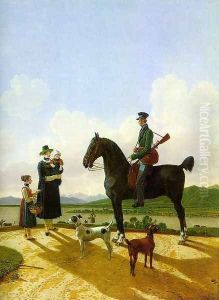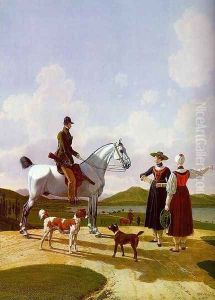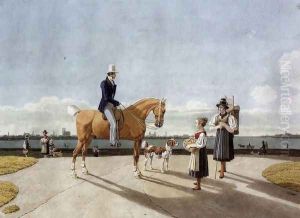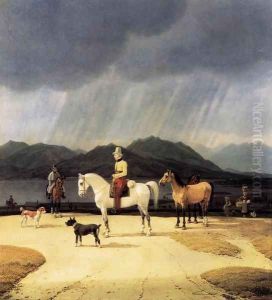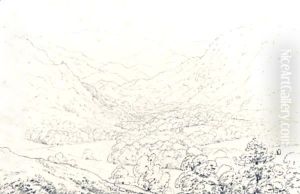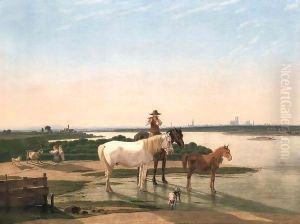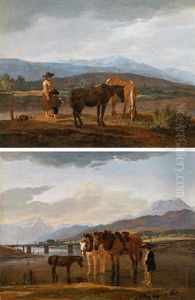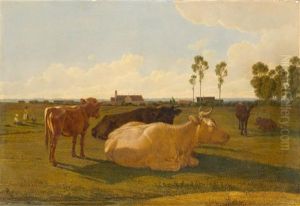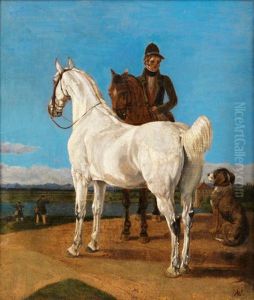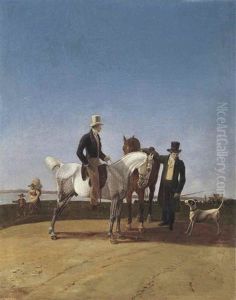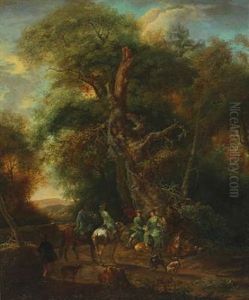Wilhelm Von Kobell Paintings
Wilhelm von Kobell was a German painter and printmaker, born on April 6, 1766, in Mannheim, Germany. He was part of a family with a strong artistic heritage; his father, Ferdinand Kobell, was a landscape painter and engraver, and his uncle, Franz Kobell, was also a painter. Wilhelm initially trained under his father before attending the Mannheim Academy, where he developed his skills further.
His early works were primarily influenced by Dutch 17th-century painting, and he was known for his landscapes and scenes of rural life. However, his style evolved over time, and he became best known for his detailed and precise depictions of military subjects, particularly horses and battles, which reflected the Napoleonic wars' influence on European life and art during his lifetime.
In 1792, Kobell moved to Munich, where he became a court painter for the Elector of Bavaria. His position allowed him to travel, and he spent time in Vienna and Paris, where he was exposed to a broader range of artistic influences. In Munich, he also began to teach at the newly established Academy of Fine Arts, becoming a professor there in 1808.
Throughout his career, Kobell produced a significant body of work, including oil paintings, watercolors, and etchings. His etchings, in particular, were celebrated for their technical skill and were widely disseminated. His landscapes and battle scenes were not only appreciated for their artistic merit but also for their historical value, as they provided detailed and accurate representations of contemporary military attire and equipment.
Wilhelm von Kobell continued to paint until his later years, enjoying a long and productive career. He passed away on July 19, 1853, in Munich, leaving behind a legacy as one of the leading German artists of his time, with works that remain of interest both for their beauty and for their documentary value.
